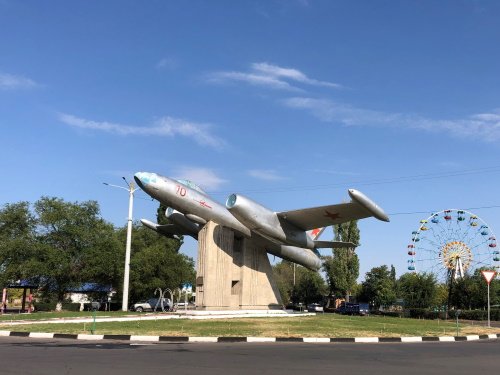Els Slots
Tips for travelling to Kyrgyzstan
In September 2021 I spent 2 weeks in Kyrgyzstan. I used public transport to travel around for 10 days and hired a car+driver for the remaining 5 to bring me to the more remote places. I found a country with relaxed and hospitable inhabitants. Especially the north still feels very Russian-Communist, maybe even more so than many cities in Russia nowadays. Find below my Top Tips for Travelling to Kyrgyzstan as a World Heritage Traveller.

1. Treat it on its own merits
When you look online for trip reports about Kyrgyzstan, you’ll quickly notice that most people give it only a day or 5 during a more comprehensive Central Asia trip. They rarely venture beyond the capital Bishkek and the Issyk-Kul lake. Even at this website, we are guilty of that – at the Forum, Kyrgyzstan has to share its country topic with Kazakhstan , as if the two were one entity. But a lot of Kyrgyzstan’s beauty starts when you take the road southwards from Bishkek, via the Camel Pass, encounter the herds of horses/cows/sheep, see the yurts at the green meadows of the Suusamyr valley, and end up near the mountains of Western Tienshan and the walnut forests of Arslanbob. The icing on the cake then is Osh, which I found the country’s most interesting and pleasant city. An additional week in the country would allow for an eastern loop back north, including Tash Rabat, Naryn, and maybe even Saimaly-Tash.
2. Appreciate its humble approach to WHS and TWHS
Kyrgyzstan currently has 3 WHS which summarize its contribution to the world excellently (Silk Road, mountains, wild fruits and nuts, Islamic pilgrimage). The 2 TWHS are also just about right: the Silk Road can be extended to include at least Tash Rabat and Uzgen. And the petroglyphs can cover the ancient beliefs and ideas of the (semi-nomadic) people that have lived here: there are some worth a look at Cholpon-Ata, but the best are in Saimaly-Tash (“ the Stonehenge of Central Asia ”). Noone within our community has visited or reviewed this site yet – according to the Bradt guide, it is only possible to reach in early August-early September (you have to cross a glacier!) and with an all-day trek on foot or on horseback.

3. Enjoy the Homestays
Tourism is Kyrgyzstan’s main bet for a more prosperous future. They have nurtured a system called Community Based Tourism (CBT) already since 2000. Families who have a room on offer can join a local or regional CBT organization, and tourists can go there to rent one. This small-scale approach fits the country well – it will never be attractive enough for the masses, but it is interesting for a more adventurous (and mainly European) audience. Around Issyk-Kul, boutique-style homestays are flourishing, which are bookable via international booking websites and offer luxuries such as wifi and ensuite bathrooms.
4. You got to love its quirkiness
In each of the larger towns and cities, a military souvenir from Soviet times is left at a strategic location such as a roundabout or a town square. It can be a tank or a jet fighter. Tokmok even has two of the latter welcoming visitors.

5. Oh, and it's inexpensive too
Kyrgyzstan is among the world’s poorest countries. It lacks natural resources (except for water, which can become a blessing in the future), is isolated due to its mountainous setting and it has its fair share of Central Asian corruption as well. People earn very little from official jobs and stay alive on subsistence farming. This low cost of living translates into low prices for day-to-day necessities such as food, public transport, and entrance fees for travelers as well. Except for accommodation, on average I spent less than 15 EUR a day.
More on
Els SlotsComments
No comments yet.
